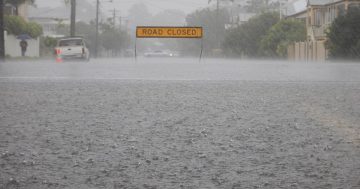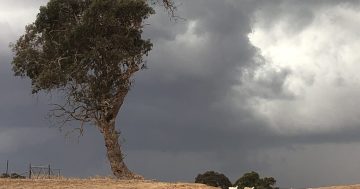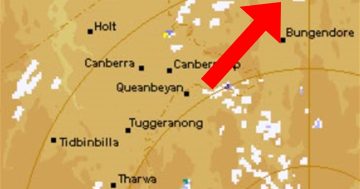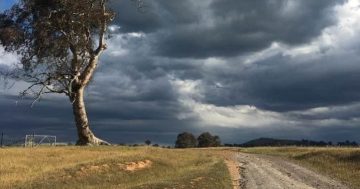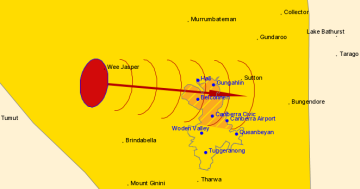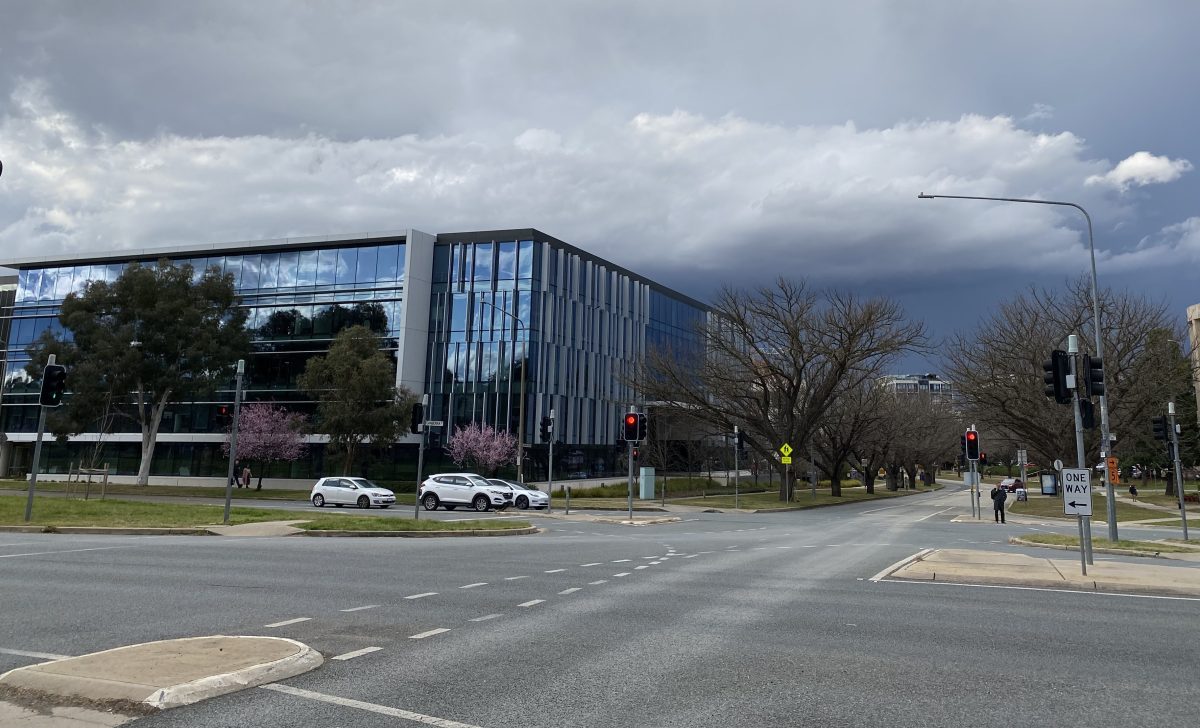
The storms have kept coming in Canberra this summer. Photo: Claire Fenwicke.
As the rain continues to tumble down across eastern Australia, including on the ACT, many are wondering what happened to the hot, dry summer we were told to expect.
The summer may yet dry out for a late flush of heat but, at present, the storm clouds keep building, defying the climate modellers.
In Queensland, the surprising floods in the north and south had residents and local councils up in arms about the Bureau of Meteorology’s weather warnings, prompting the Federal Government to order a review of its systems.
Weather forecasting has always been a fraught and inexact science.
Everybody talks about – and complains about – the weather, and the BoM as the messenger is the whipping boy, ranging from people put out by rain that ruins a washing day to communities hammered by a storm that appears out of nowhere.
Farmers also rely on long-term forecasts for planting and stock management, so when it seems like the BoM has got it wrong there are incomes at stake and economic consequences for the nation.
Throw in the politics of climate change and there are more than just calls for a look at how and when warnings are issued.
In fact, the BoM has been under siege for years, as far back as when a climate-change-denying Prime Minister Tony Abbott considered asking a taskforce to investigate whether it was exaggerating temperature data records.
Leading the charge then, and now, is the Murdoch press, keen to pounce on every supposed misstep the BoM makes and whose columnists regularly attack its climate modelling.
The fact is the climate is changing and the weather is becoming more unpredictable, just as was foreseen, especially to do with the rapid development of severe and intense systems.
Back in September, the BoM declared an El Niño, the driver for hotter, drier summers, but it has been at pains to explain in recent times that doesn’t necessarily mean it won’t rain, particularly in the form of storms, which have dominated the summer so far.
Other factors have also been at play, such as warmer seas off the east coast and increased east-west winds blowing off the Tasman Sea to Australia, which generate more rain.
People also forget that the spring was dry and experienced above-average temperatures.
It’s always been complicated and it is getting more complex every year, and that is something the BoM is working with as it adjusts its climate models.
The government is right to see if there are any gaps in the emergency warning system, and like any other agency the BoM should be accountable.
But it is important that it continues to retain faith in the BoM and support it as an institution, and not succumb to the baying of commentators and right-wing media outlets with an agenda to discredit climate science and undermine efforts to decarbonise the economy.












